What Are Repeaters?
Small handheld radios have limited range, often constrained by the height of your antenna or the wattage you're pushing. Repeaters, on the other hand, are more powerful radios with very tall antenna towers. They capture input signals and use their height and power to retransmit that signal over a much larger range. Essentially, instead of talking to folks as far as your radio can reach, you can talk to folks as far as the repeater can reach.
How to Find Local Repeaters
To find repeaters in your area, visit mygmrs.com and search for your local area. This site provides information on who has repeaters operating in your area, what frequencies they use, and which "tones" they require.
Monitoring Frequencies
Once you've identified the local repeaters, you can look up a GMRS channel frequency chart and start listening on those frequencies/channels. Note that the airwaves can be quiet depending on where you live. If your radio has a "scan" feature, you can easily monitor the entire spectrum by scanning the channels you select. If not, spend about a week listening to each frequency. For instance, you can leave your base station radio on in the background all day while you're home and let it scan for activity.
Talking to a Repeater
To communicate with a repeater, you'll need to change the programming of your radio, usually using a computer and a programming cable. On GMRS, repeaters use a +5MHz offset for their input frequency. For example, if a local repeater operates on 462.575 MHz, you would program the Tx (transmit) frequency in your radio as 467.575 MHz, or use "+5" if the programming software has an "offset" field.
Setting the Correct Tx Tone
You'll also need to program the correct Tx tone, such as 141.3 Hz, as listed on the myGMRS page for each repeater frequency you program.
Conclusion
Using repeaters can significantly extend the range of your communications. By understanding how they work and how to program your radio to use them, you can greatly enhance your radio experience. Happy listening and transmitting!




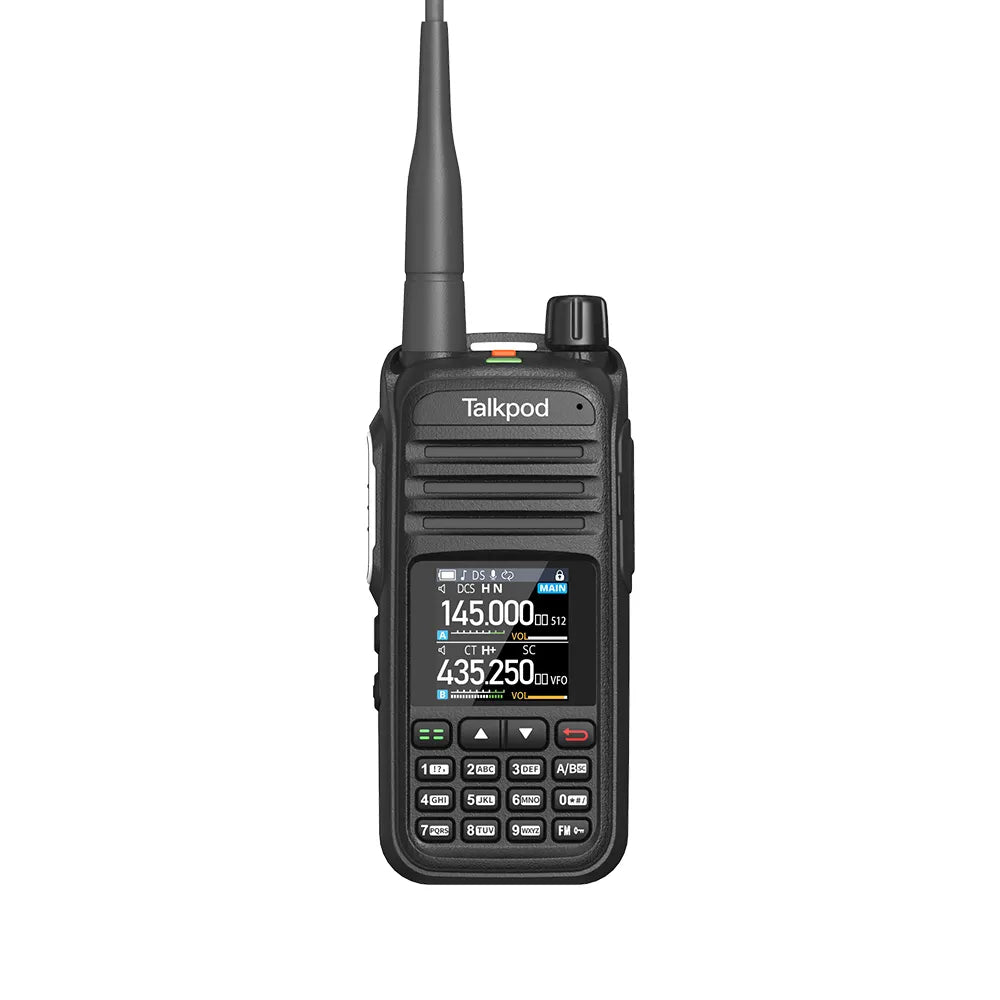
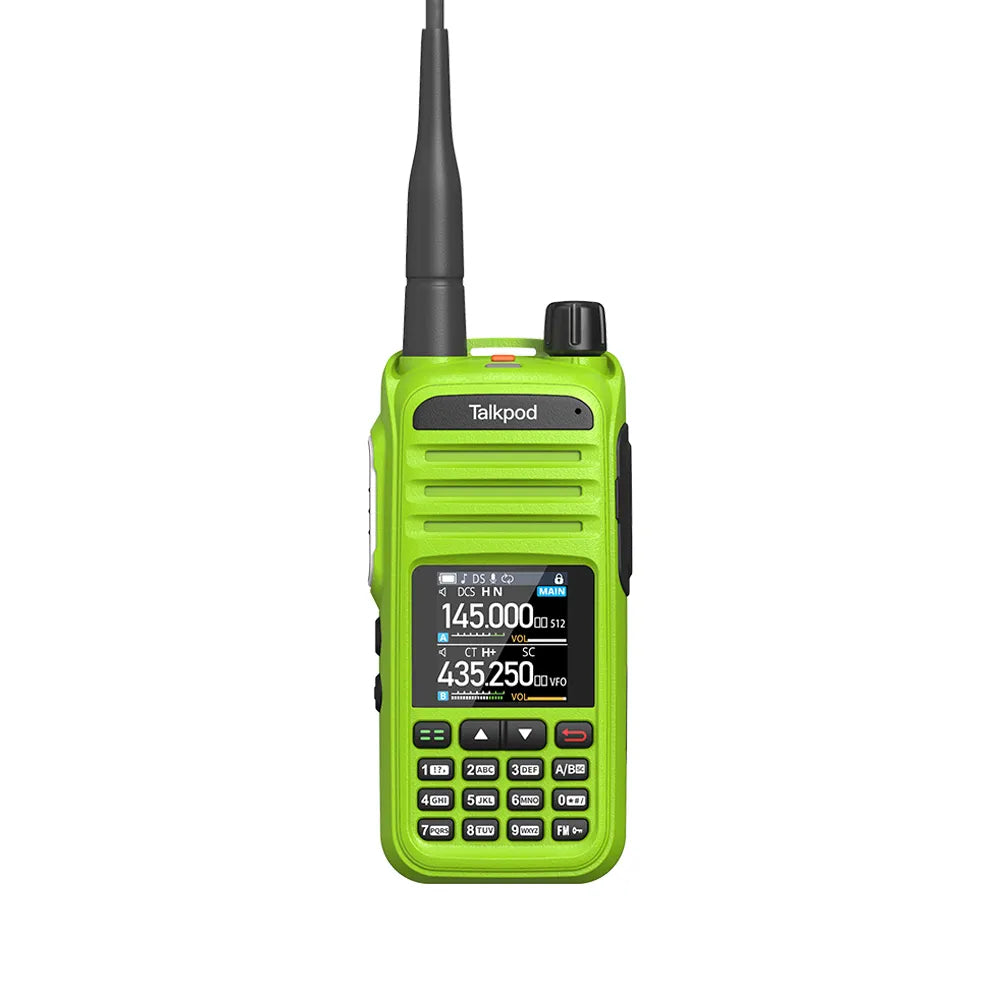
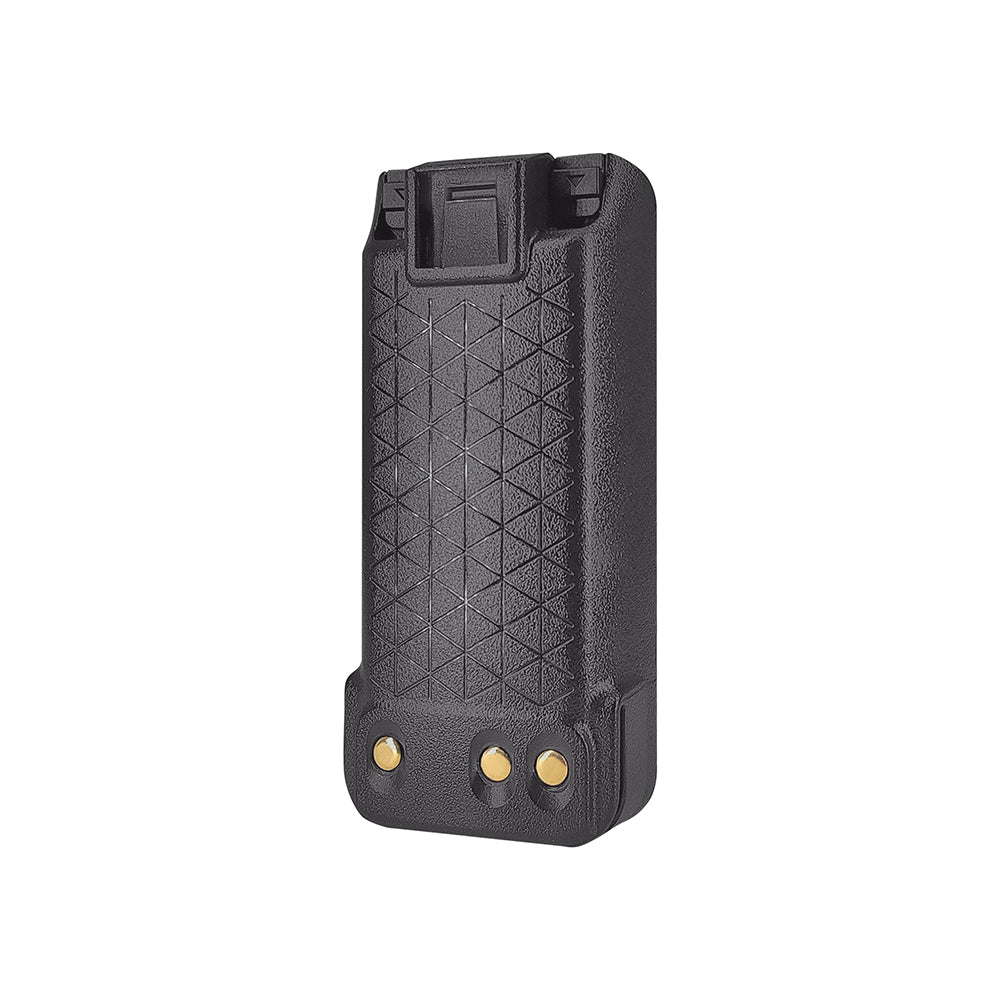
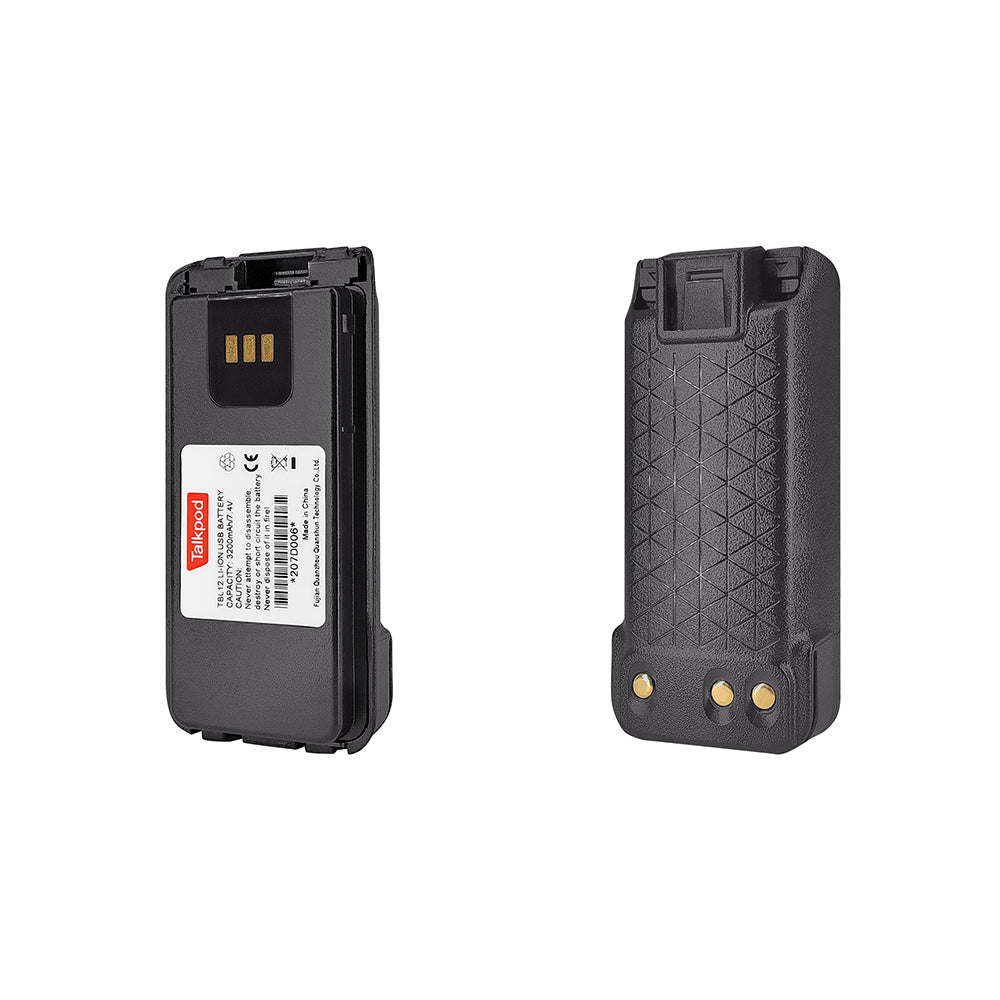
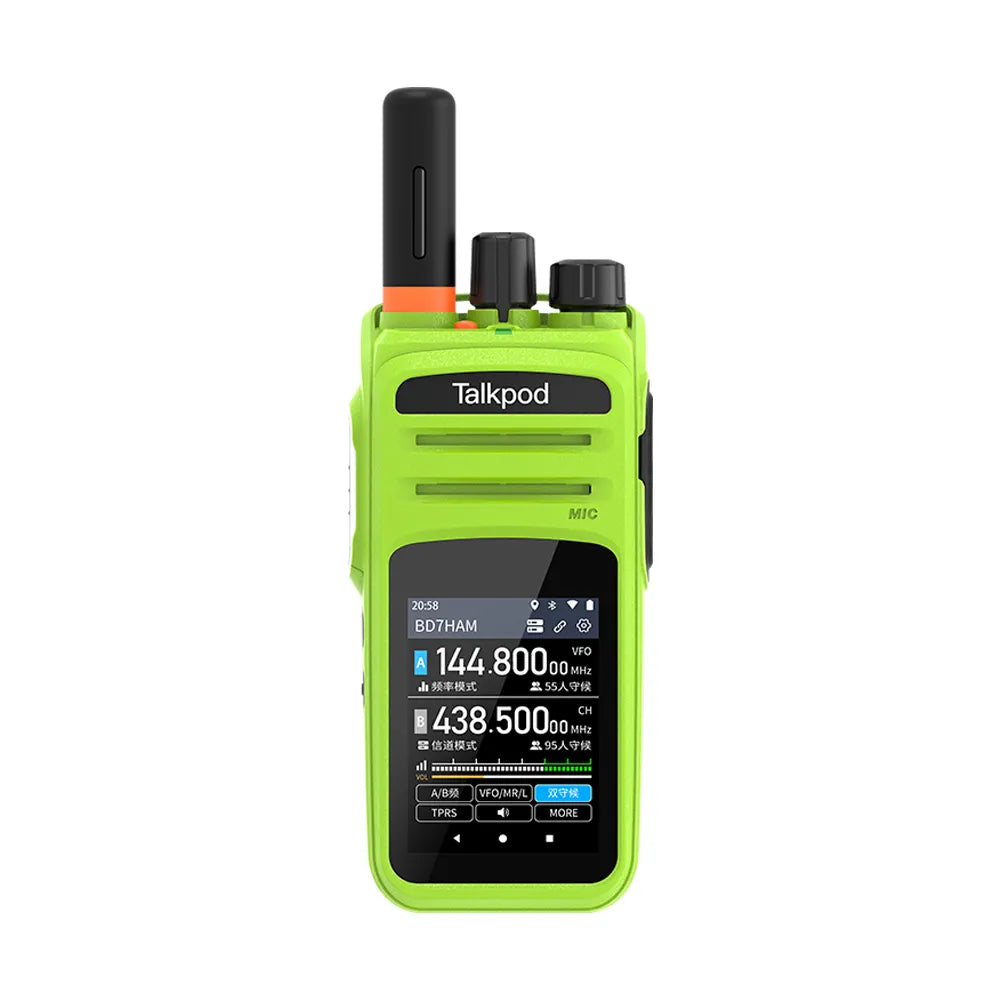
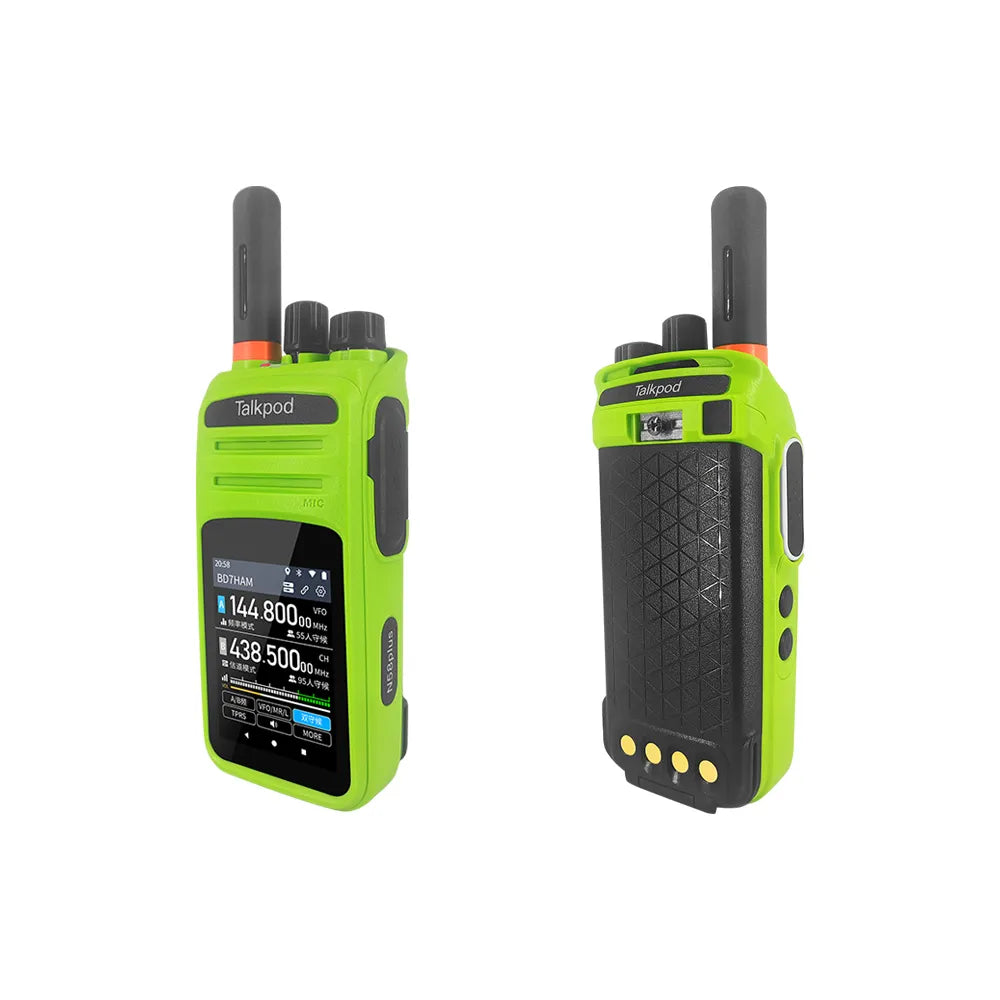
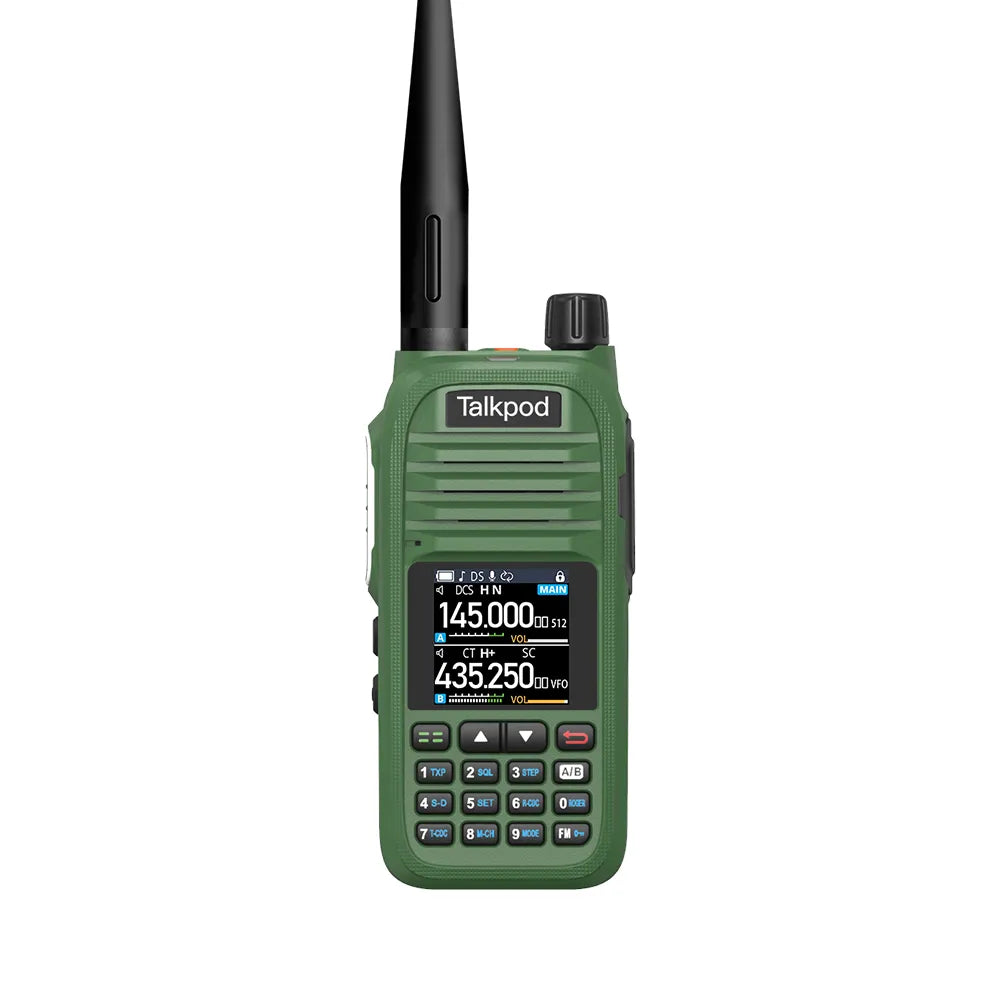
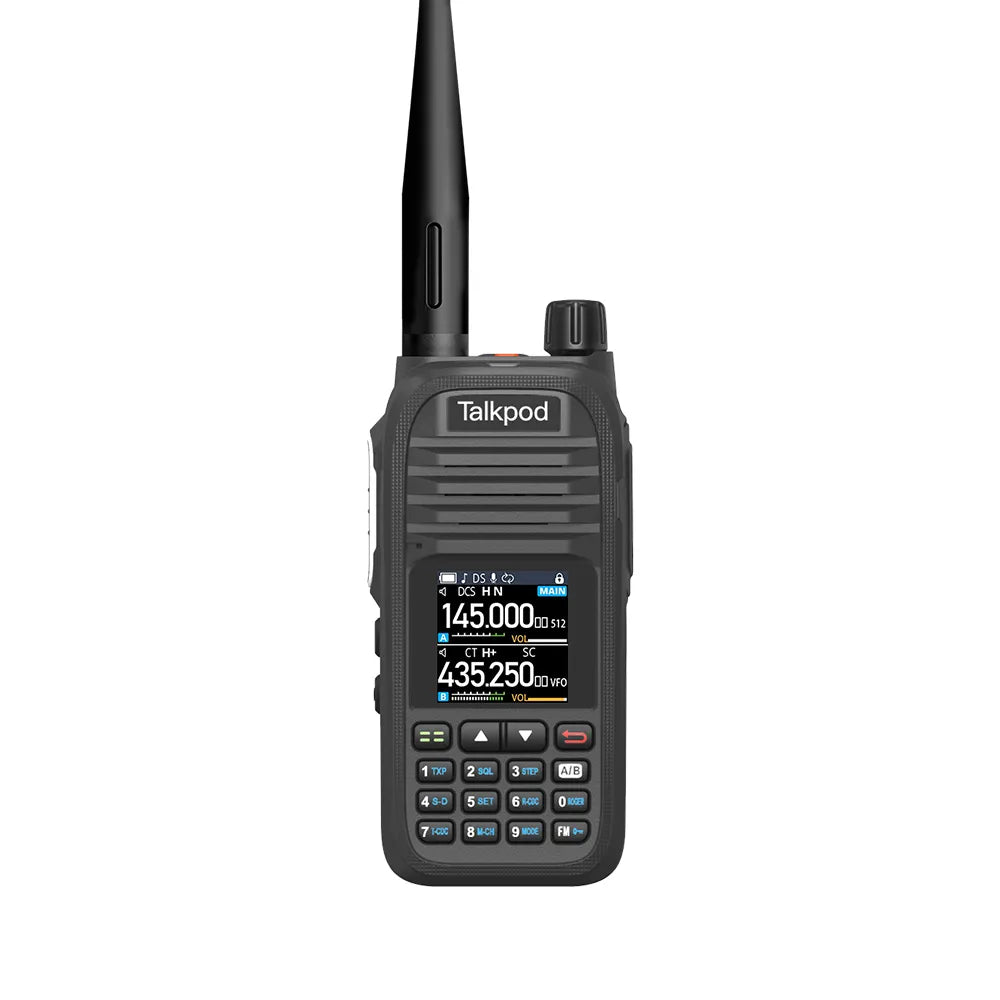
Leave a comment
All comments are moderated before being published.
This site is protected by hCaptcha and the hCaptcha Privacy Policy and Terms of Service apply.